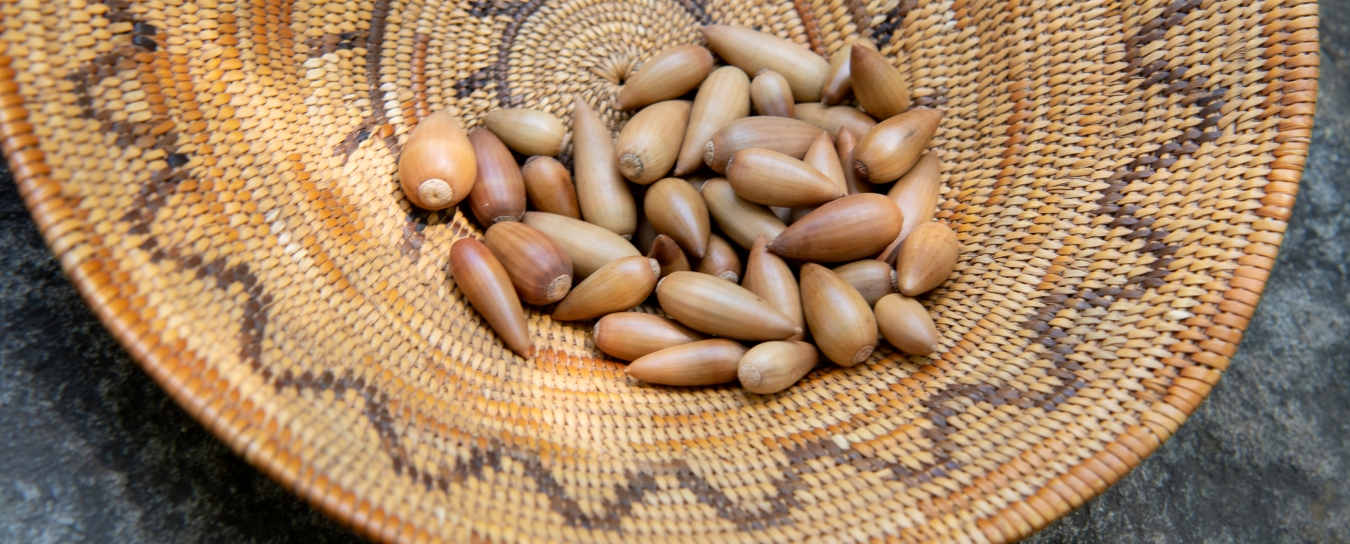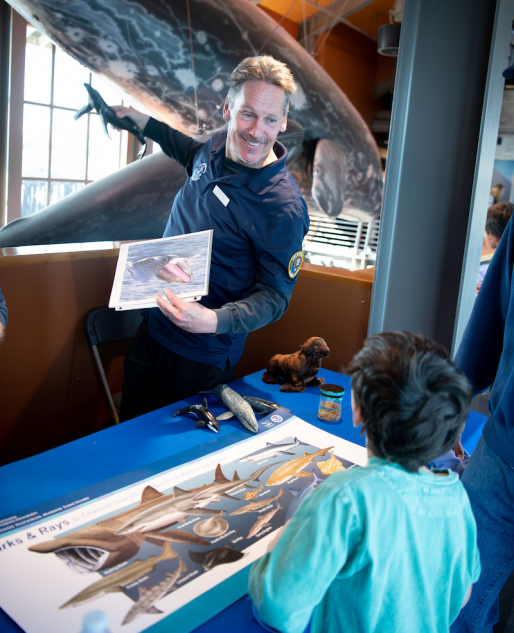
Anthropology
Check our anthropology FAQ for information about artifacts and more. Our Chumash Life pages for teachers and students provide a basic introduction to some aspects of traditional daily life.
- Anthropology
- Rocks & Fossils
- Invertebrates
- Vertebrates
- Botany
- Astronomy
- Fungi
- General
- Recently Asked
Disabled Chumash people
Is there evidence of some ancient Chumash being disabled?
Curator Response
Dear Alan,
Thank you for this interesting question. It sent us back to look at old sources in new ways.
Jan Timbrook notes that Phillip Walker and Travis Hudson’s 1993 Malki Museum Press book Chumash Healing: Changing Health and Medical Practices in an American Indian Society contains information you may find relevant. The authors cite various references in J.P. Harrington’s papers from consultants who reported beliefs and practices associated with the physical deformities of infants, which people may have attributed to the influence of the moon or to a child’s ancestry. They note associated practices, including prenatal care: “the mother-to-be was given a special herbal tea and instructed never to carry anything heavy upon her back.” As in many other cultures around the world, abortion and infanticide was practiced in some cases.
The study of paleopathology has allowed researchers around the world to identify what conditions certain individuals may have had when they died. While it can inform on some conditions (like arthritis, loss of limbs, and trauma), it is relatively silent on others (like sensory loss or mental illness). Locally, some human skeletal remains have been discovered where Chumash people had reached adulthood with disabling conditions such as spina bifida, suggesting that these individuals were loved and cared for from birth. John Johnson has also seen entries in the mission registers of adults who had severe kyphosis and developmental disabilities, suggesting that compassion was shown for such individuals at that time.
It is possible for anyone to experience injuries over the course of their lives that could result in a disability. There were many illnesses (caused by viruses, bacteria, fungi, and protists) that ancient populations were susceptible to that could cause mobility issues, loss of senses, or other neurological disorders. Each of these would require care while the individual was afflicted, and there are many examples of traditional Chumash healing practices for certain ailments.
Walker and Hudson write that “broken bones and osteoarthritis were fairly common afflictions among the prehistoric California Indians. Both disorders are associated with physical trauma and are a logical consequence of a lifestyle that involved hunting and gathering in rugged mountains and coastal areas.” Bone fractures were set by someone “familiar with the art of arranging bones. Datura was given as an anesthesia. . . complications were ascribed to the intervention of an evil shaman.” Treatments for osteoarthritis included bathing in natural hot springs, aromatic herbs added to hot baths, or hot baths of sea water and seaweed.
Many of Harrington’s consultants were older people who seemed to know a lot about treating aches and pains. Some of us are paying increasing attention to those remedies ourselves as our own physical abilities are curtailed.
We can’t immediately recall any traditional Chumash stories that mention characters with specific conditions that could cause disabilities. That may simply be because we haven’t previously looked at the stories in search of disabilities before. Stories could provide another line of evidence to illuminate this area.
Thank you for your patience while we researched our answer, and for your lifetime of work sharing Chumash and Tataviam cultures and history,
Curator Emeritus of Ethnography Jan Timbrook, Ph.D.; Curator Emeritus of Anthropology John Johnson, Ph.D.; Assistant Curator of Anthropology Justin Lemberg, Ph.D.


